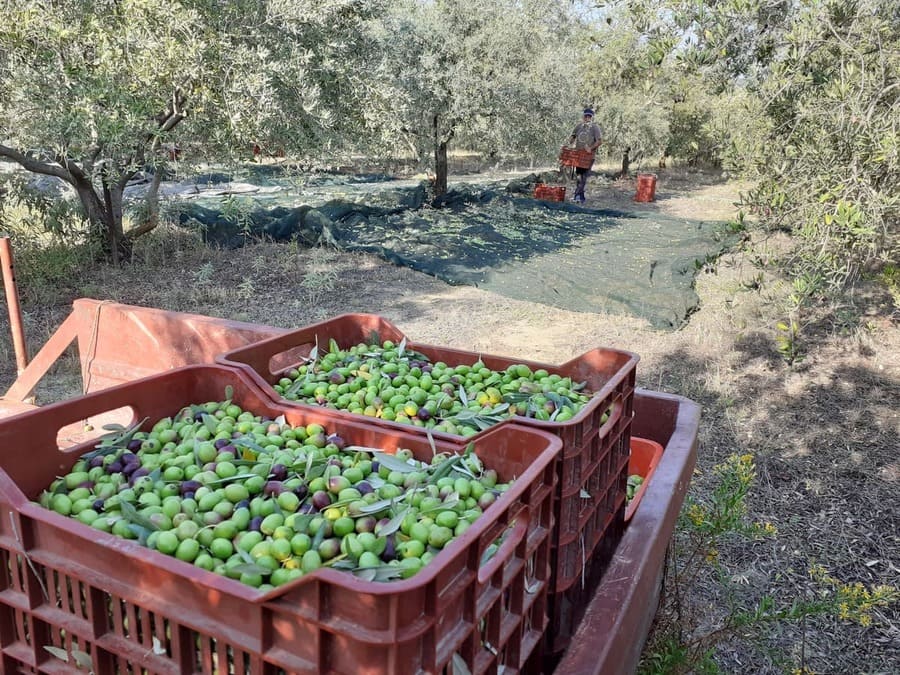
We apply various agricultural practices for the cultivation of olive trees, to find ways of mitigating and adapting to climate change, through increased carbon sequestration in soils and reduced greenhouse gas emissions.
We apply various agricultural practices for the cultivation of olive trees, to find ways of mitigating and adapting to climate change, through increased carbon sequestration in soils and reduced greenhouse gas emissions.
For example, the use of a lawn mower to cut weeds and the recycling-chopping of pruning products (branches – leaves) on the field as natural and nutrient-rich material, contribute to the long-term storage of carbon dioxide in the soil in the form of increasing organic matter content, improvement of fertility (e.g., better water and fertilizer retention), and reduction of greenhouse gas emissions (GHG).
In this way, the use of fertilizers is reduced over time. We say no to the control of weeds on the farm using pesticides! No to burning wood on the farm, no to pesticides because they end up on our plate!

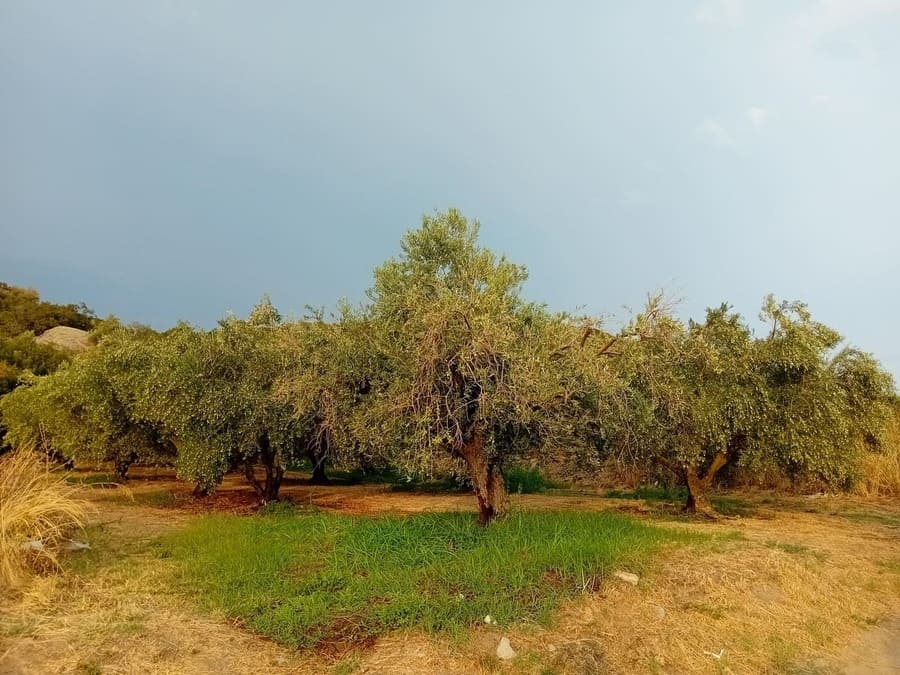

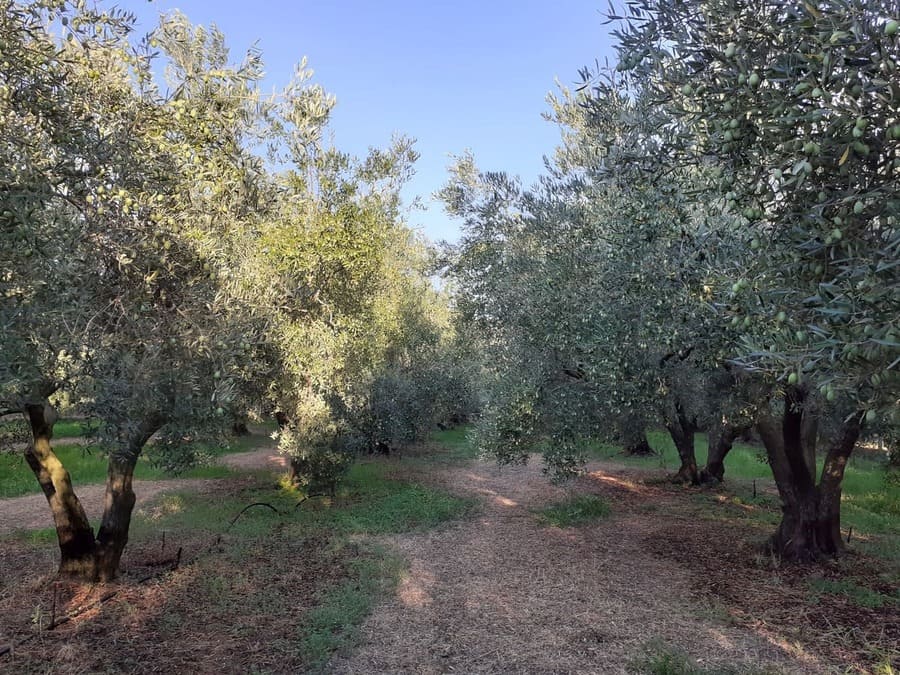
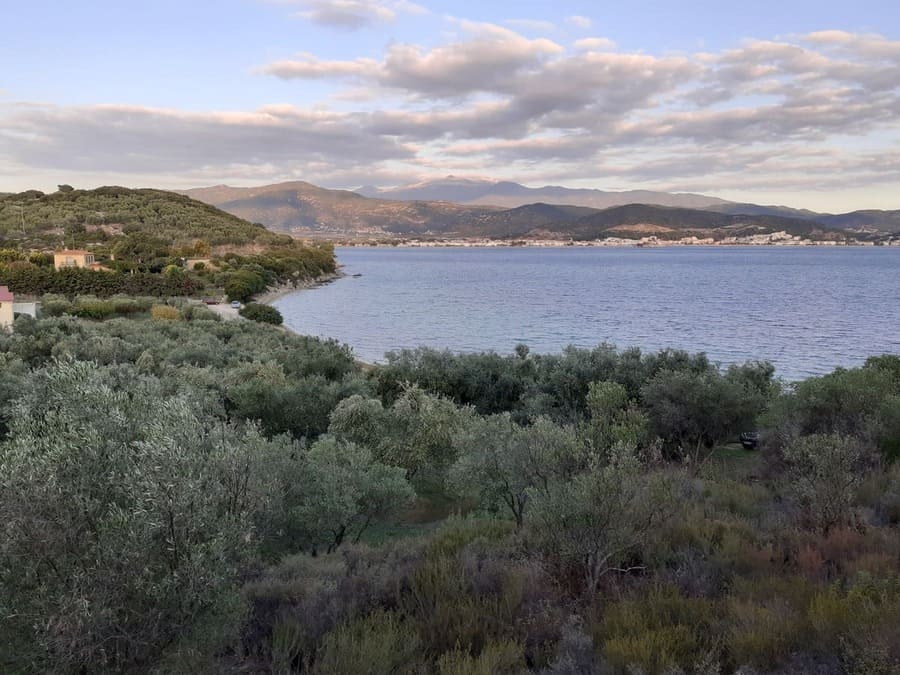
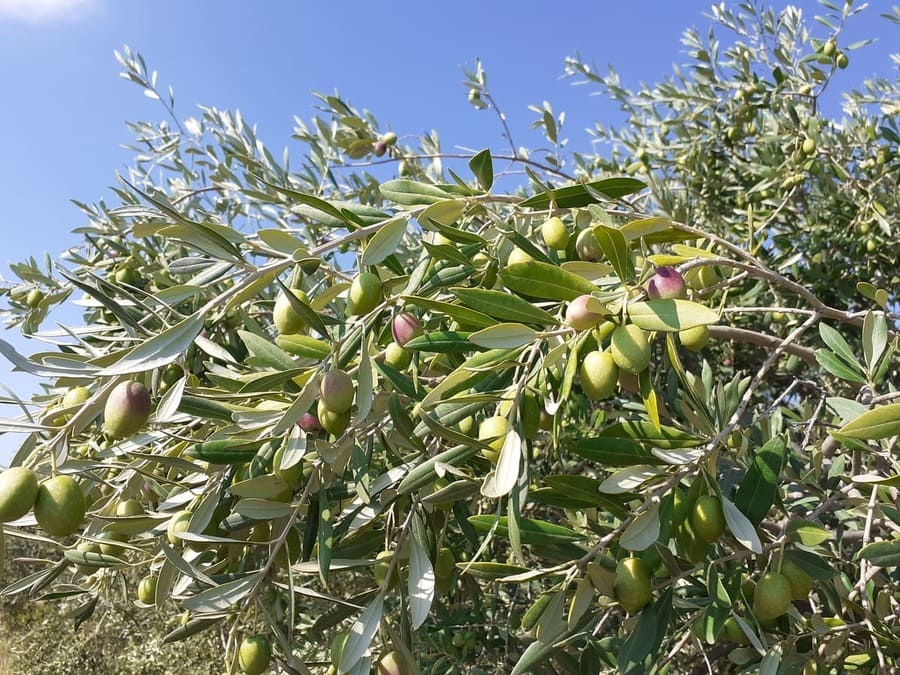
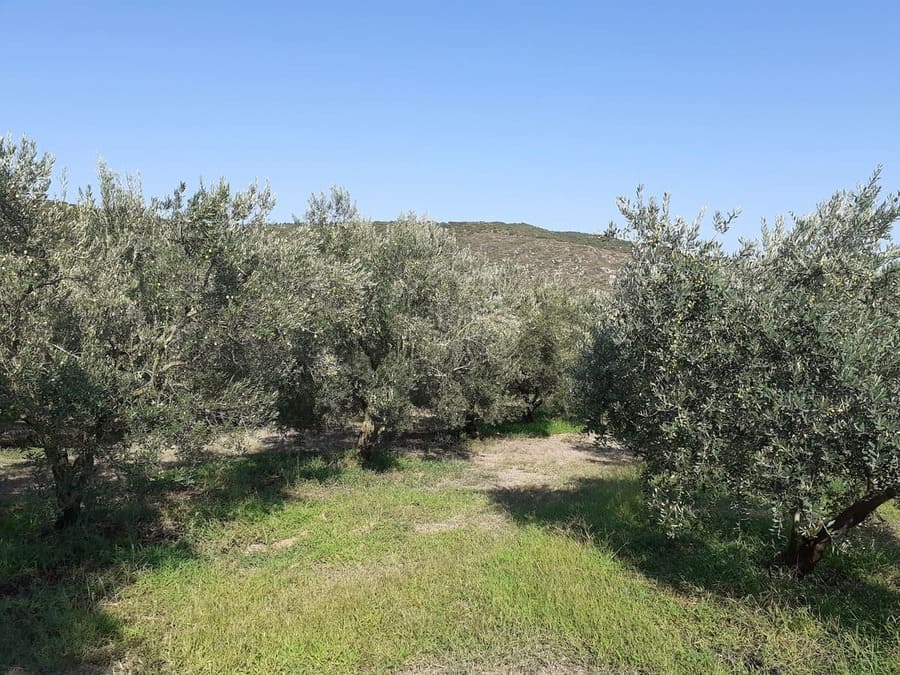
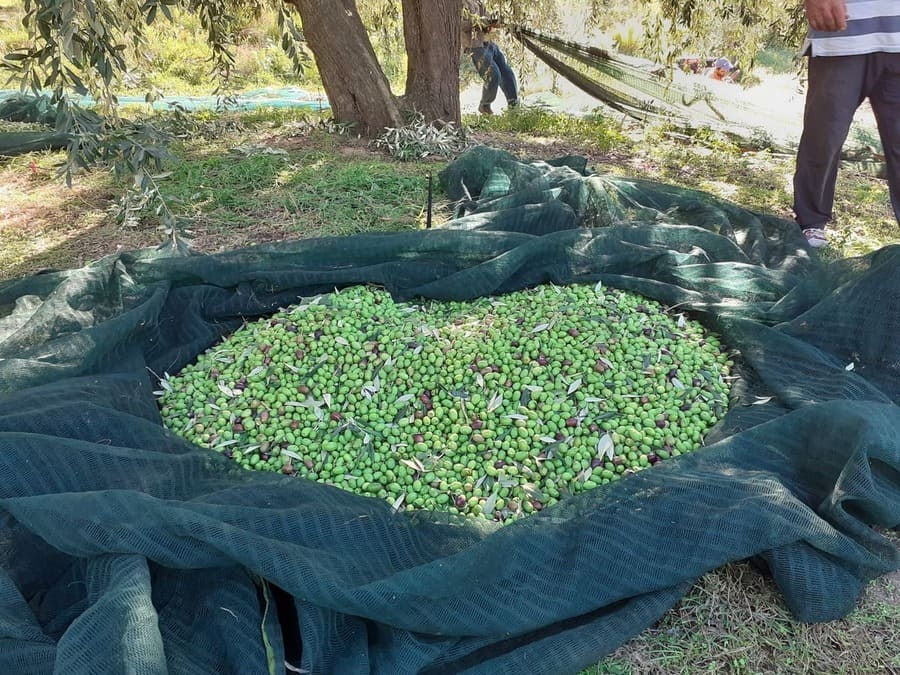
We emphasize several “details” such as: Early harvest. The healthy fruit, picked every day, in early October, is transported to the nearby olive mill every afternoon.
During a typical harvest day, the harvested fruit is placed in perforated crates and we make sure to keep it in the shade under the trees so it is not exposed to the sun, until it is loaded for transport to the nearby olive mill. In this way, the fruit undergoes minimal degradation until the moment of crushing.